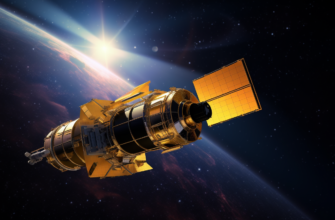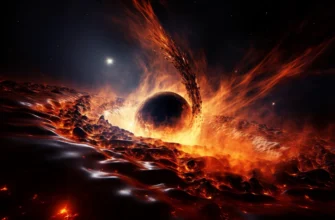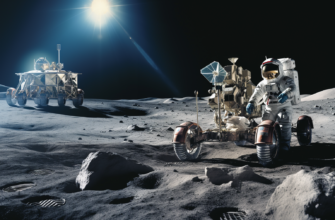The launch of the James Webb Space Telescope (JWST) in December 2021 marked the beginning of a new era in astronomy and space exploration. As the largest and most complex space telescope ever built, the JWST will allow scientists to study the origins of the universe in unprecedented detail.
- An Ambitious Successor to Hubble
- Key Scientific Goals
- 1. Observe the First Stars and Galaxies
- 2. Understand Galaxy Evolution
- 3. Study Planetary and Star Formation
- 4. Characterize Atmospheres of Exoplanets
- Revolutionary Design and Advanced Technologies
- Folding Mirrors
- Giant Sunshield
- Four Science Instruments:
- Cryocooling Systems
- Complex Deployment
- The History of JWST
- Journey to the L2 Orbit
- Early Images and Discoveries of James Webb
- Deepest Image of the Universe Ever
- Stephan’s Quintet
- Atmospheric analysis of exoplanets
- Looking to the Future
An Ambitious Successor to Hubble
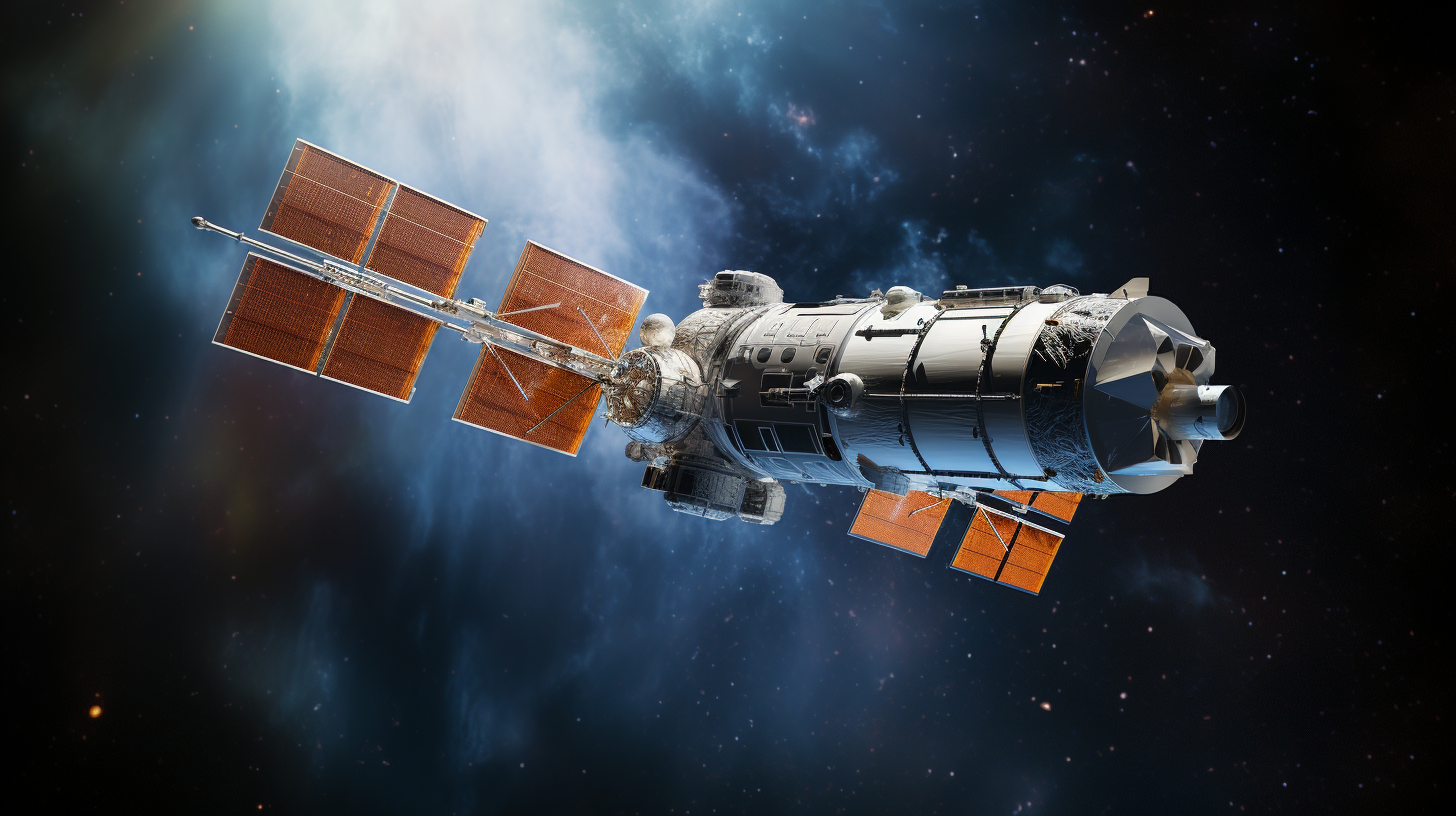
The James Webb space telescope is considered the successor to the Hubble Space Telescope, which has been in operation since 1990. However, the JWST is far more ambitious and advanced than Hubble in many ways:
- Size: The JWST has a massive 6.5 meter primary mirror, giving it about 6 times more light-collecting area than Hubble’s 2.4 meter mirror. This allows it to see fainter, more distant objects.
- Orbit: While Hubble orbits the Earth at an altitude of 540 km, JWST orbits the Sun at the Earth-Sun Lagrange point L2, about 1.5 million km from Earth. This allows JWST to avoid image distortion from Earth’s atmosphere.
- Infrared vision: JWST is optimized for the infrared spectrum, whereas Hubble studies mainly visible and ultraviolet light. As infrared light can pass through gas and dust clouds, JWST can reveal previously hidden aspects of the early universe.
- Advanced technology: JWST utilizes new technologies like folding mirrors, cryocooling, and sunshields to enable its ambitious mission. This makes it far more complex than Hubble.
Key Scientific Goals
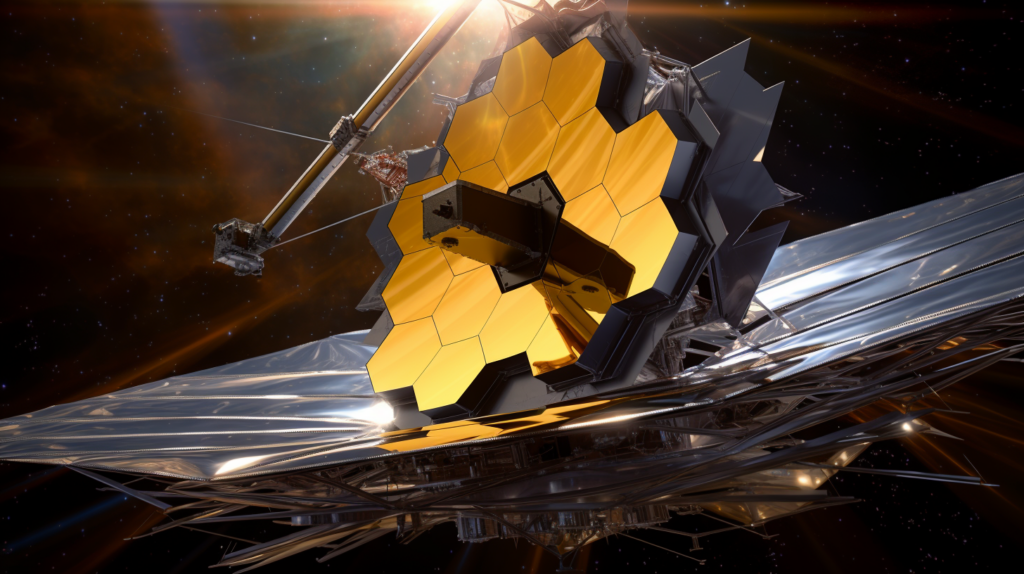
The James Webb space telescope has four key scientific goals that will revolutionize our understanding of the cosmos:
1. Observe the First Stars and Galaxies
By observing in the infrared, James Webb space telescope can study extremely distant and faint galaxies formed just after the Big Bang over 13 billion years ago. This will offer insights into the origins of the first stars and earliest galaxy formation.
2. Understand Galaxy Evolution
James Webb will perform deep field observations to identify galaxies across different time periods of the universe’s history. This will show how galaxies have formed and evolved over cosmic timescales.
3. Study Planetary and Star Formation
With its high sensitivity and resolution, James Webb can observe stars and planets in the process of formation inside gas/dust clouds in our Milky Way galaxy. This will shed light on how planetary systems like our own Solar System came to be.
4. Characterize Atmospheres of Exoplanets
JWST can analyze the atmospheres of exoplanets (planets orbiting other stars) via transmission spectroscopy as they transit their host stars. This may reveal signs of habitability or even biosignatures on rocky exoplanets.
Revolutionary Design and Advanced Technologies
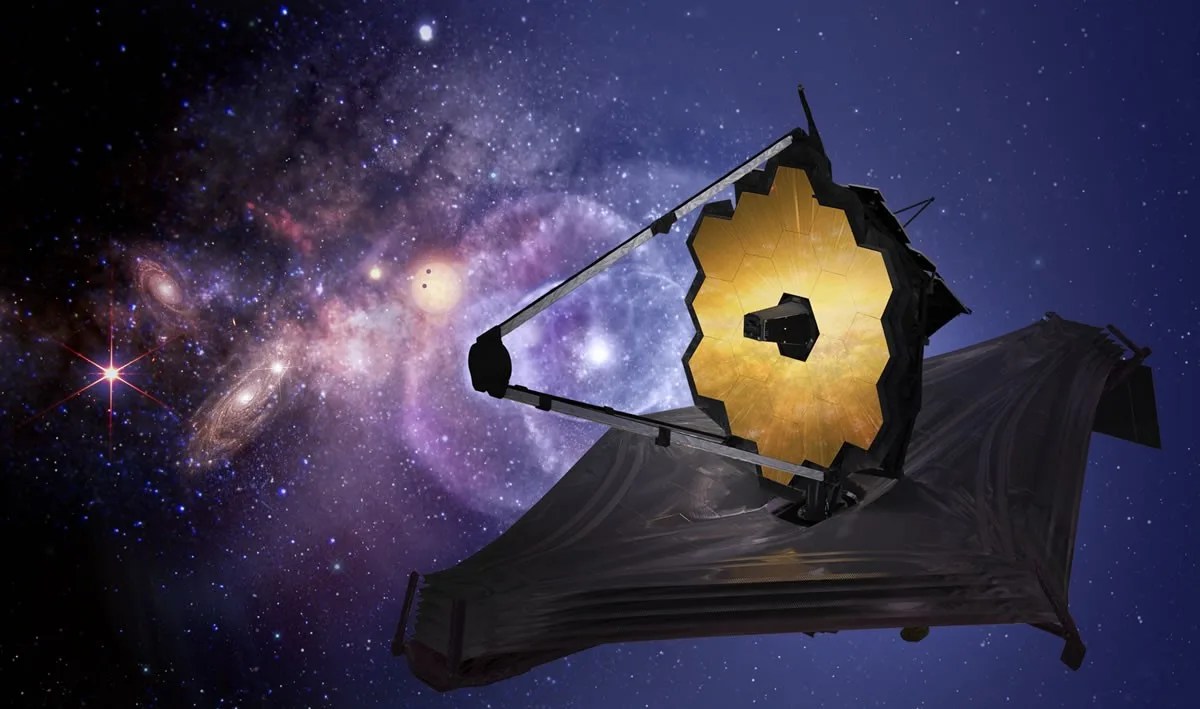
To achieve its ambitious science goals, the James Webb`s employs multiple state-of-the-art technologies in its design:
Folding Mirrors
- JWST’s primary mirror is 6.5m wide but built from 18 hexagonal segments that can fold up to fit inside the rocket fairing for launch. Once in space, these segments unfold and align to form the complete mirror.
Giant Sunshield
- JWST needs to be kept extremely cold for infrared observations. So it uses a tennis court-sized sunshield comprised of five thin, kite-shaped membranes to passively cool the optics to under 50 K.
Four Science Instruments:
- NIRCam – Near InfraRed Camera for wide field imaging.
- NIRSpec – Near InfraRed Spectrograph for spectroscopy of 100 objects simultaneously.
- MIRI – Mid InfraRed Instrument has both a camera and spectrograph.
- FGS/NIRISS – Fine Guidance Sensor and Near InfraRed Imager and Slitless Spectrograph.
Cryocooling Systems
- The Mid-InfraRed Instrument contains cryocooler systems to further lower its temperature to 7K, which enhances sensitivity.
Complex Deployment
- After launch, JWST had a complex, month-long deployment phase to unfold its mirrors, sunshield, and instruments into operational configuration at L2 orbit.
The History of JWST
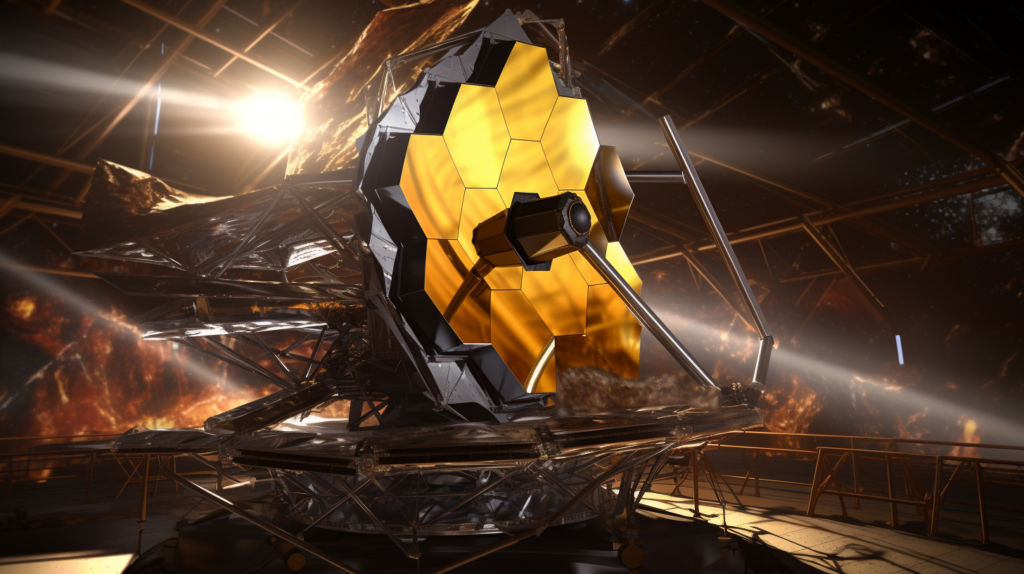
The ambitious origins of the James Webb Space Telescope began back in 1996, when NASA first began exploring concepts for a next-generation space telescope to succeed Hubble. After years of technology development, construction on the JWST finally started in 2004 as an international collaboration between NASA, ESA, and the Canadian Space Agency.
Building the world’s largest space telescope was an immense engineering challenge – the mirror, sunshield, and instruments were carefully designed to unfold after launch. Numerous delays caused the launch to slip from 2007 to 2021, but the wait was worth it. On Christmas Day 2021, the Ariane 5 rocket carried JWST on the first leg of its million-mile journey to L2 orbit.
The JWST mission is controlled from the Space Telescope Science Institute in Baltimore, where astronomers use a competitive proposal system to obtain time on the telescope. As a cherished space science resource, JWST’s observing time is sure to reveal amazing new findings for years to come. Its infrared vision and huge light-gathering power will shed light on cosmic mysteries from the birth of stars to the atmospheres of alien worlds, revolutionizing our knowledge of the universe.
Journey to the L2 Orbit
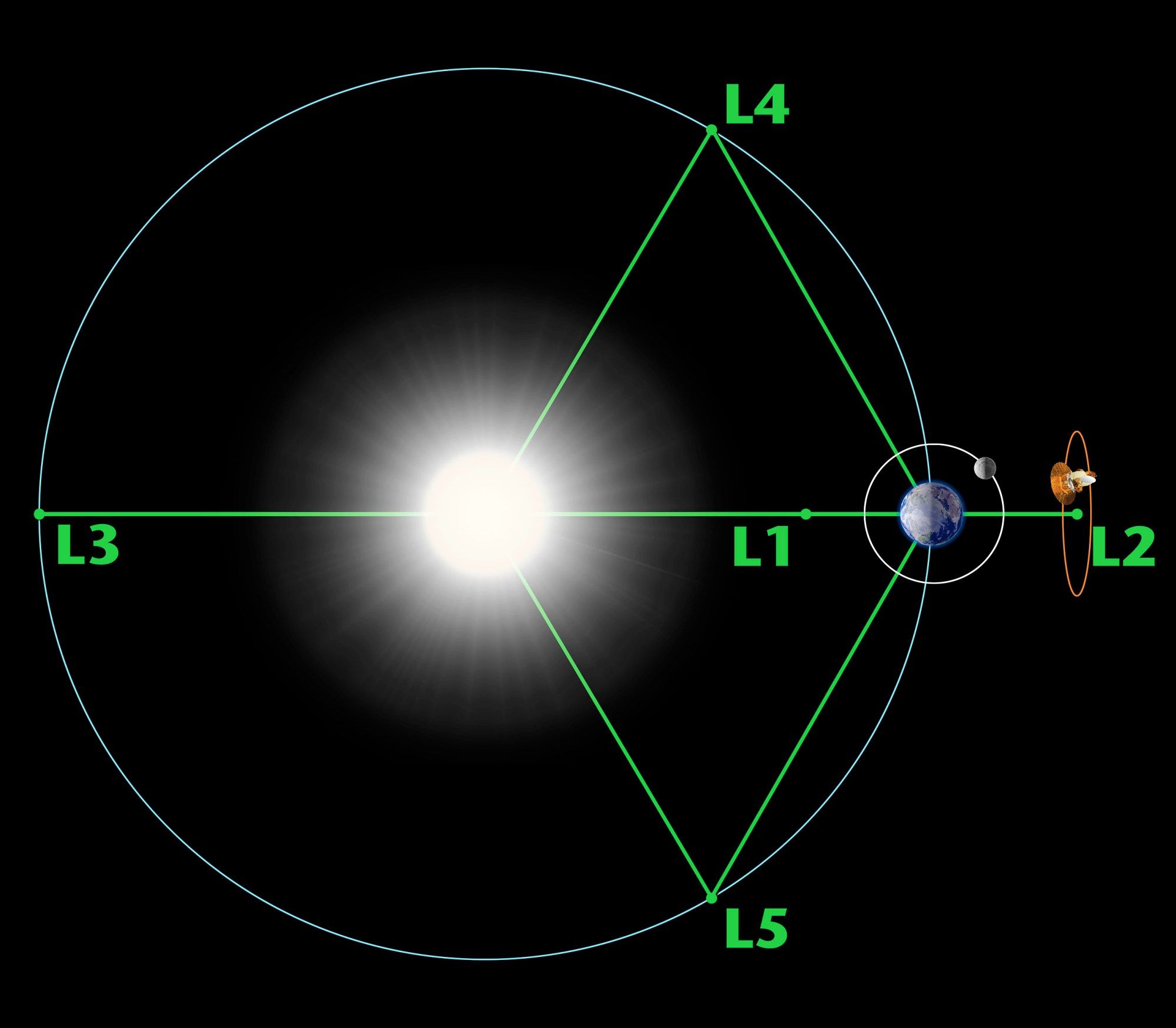
The JWST took a long journey through space to reach its operational orbit:
- Launch: JWST launched on an Ariane 5 rocket from French Guiana on December 25, 2021.
- 30 Days to L2: It took about 30 days to travel the 1.5 million km to the Sun-Earth Lagrange point L2. This gravitationally stable point allows JWST to orbit the Sun with minimal fuel.
- Mid-Course Corrections: Small thruster burns were performed during the transit to correct the trajectory.
- Unfolding: Once at L2, the sunshield and mirrors were carefully unfolded and configured over 2 weeks.
- Cooling and Calibration: The instruments were then cooled down and calibrated over 5 months to ready for science operations.
Early Images and Discoveries of James Webb
After completing its commissioning phase in July 2022, JWST began returning its first images and data – and the results have been astonishing:
Deepest Image of the Universe Ever
This “Deep Field” image reveals thousands of distant galaxies:
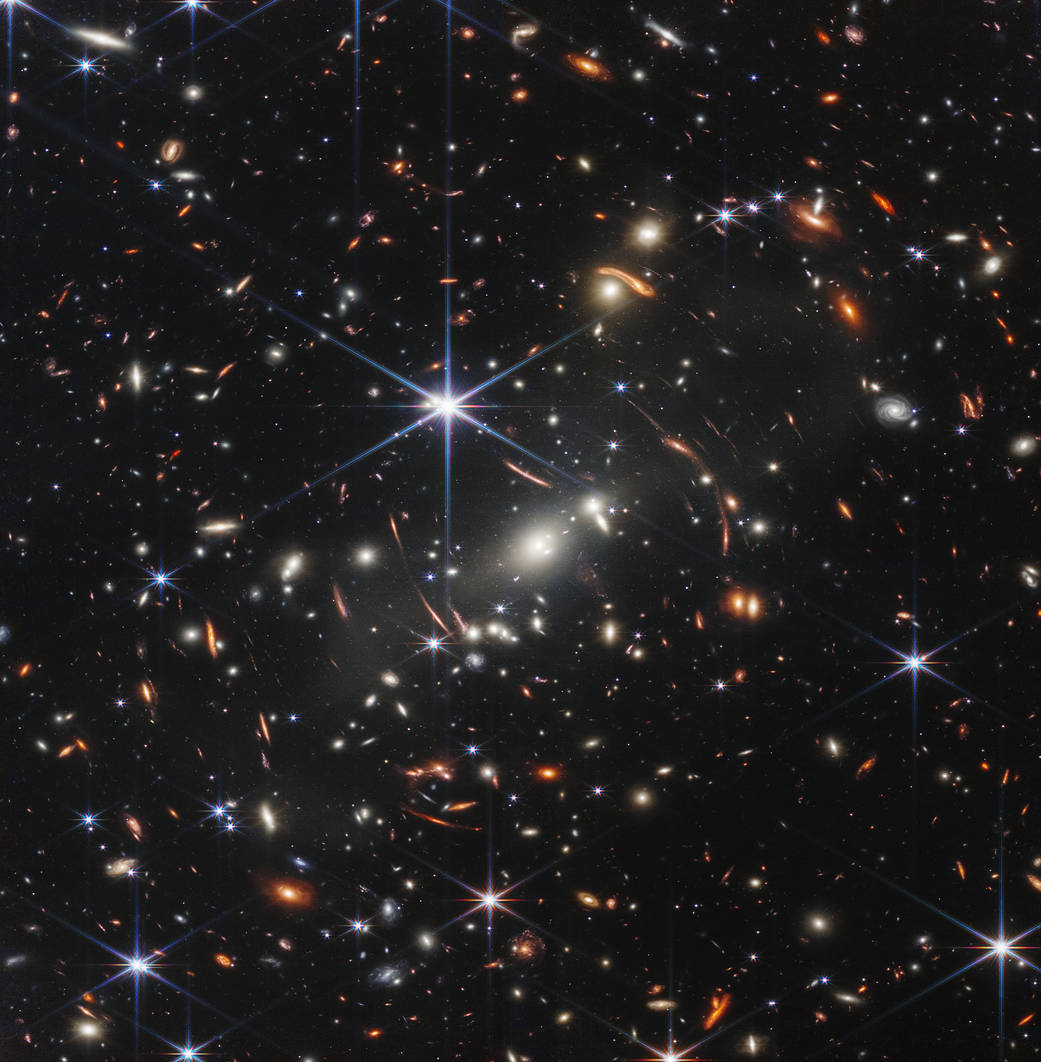
The JWST’s NIRCam Deep Field image reveals the most distant galaxies we’ve ever seen – some over 13 billion light-years away! [Image credit: NASA/ESA/CSA/STScI]
Stephan’s Quintet
JWST captured this galaxy cluster in exquisite detail, showcasing its infrared capabilities:
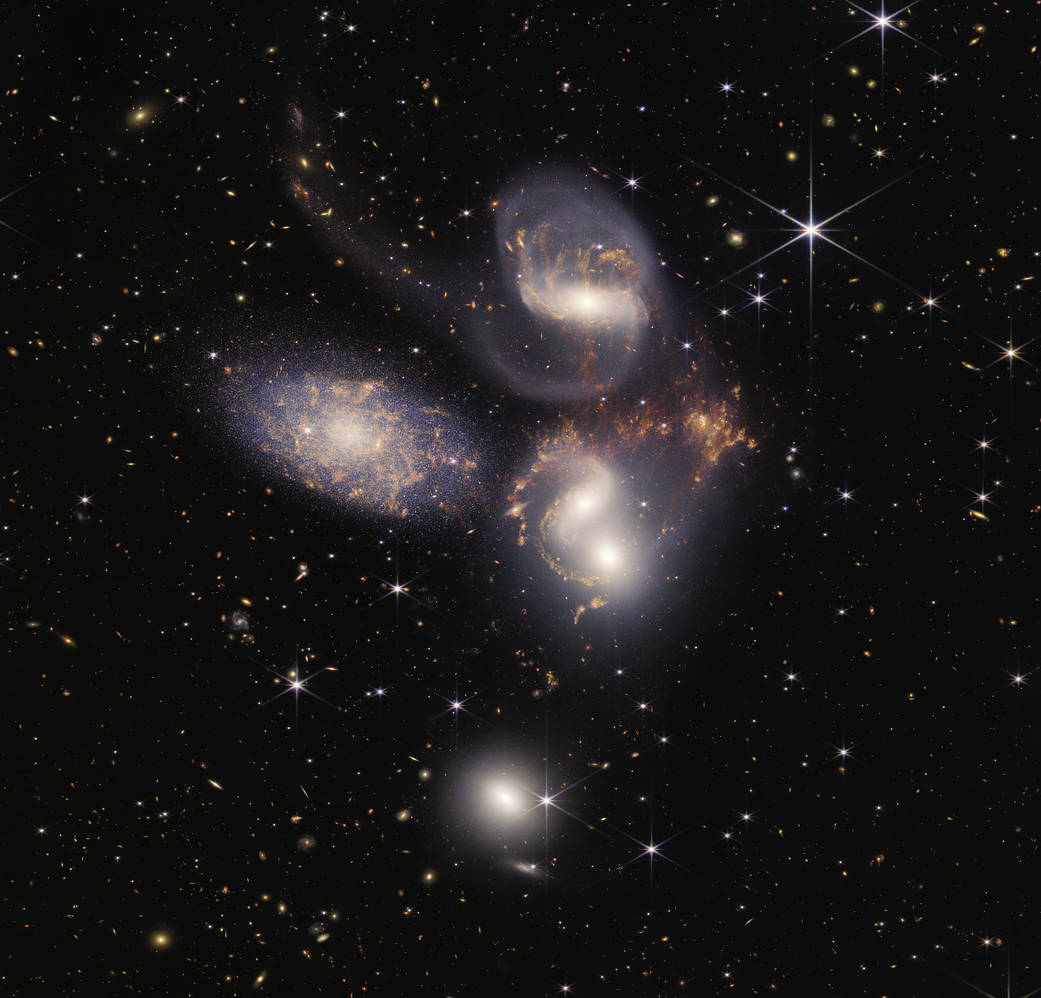
JWST’s view of Stephan’s Quintet reveals glinting stars and swirling gas with stunning clarity. [Image credit: NASA/ESA/CSA/STScI]
Atmospheric analysis of exoplanets
JWST precisely analyzed the atmospheric composition of exoplanets, demonstrating its potential for discovering habitable worlds.

Spectrum of the exoplanet WASP-96b measured by JWST, revealing the presence of water vapor. [Image credit: NASA/ESA/CSA/STScI]
These early results indicate the transformative science JWST will produce as its mission continues.
Looking to the Future
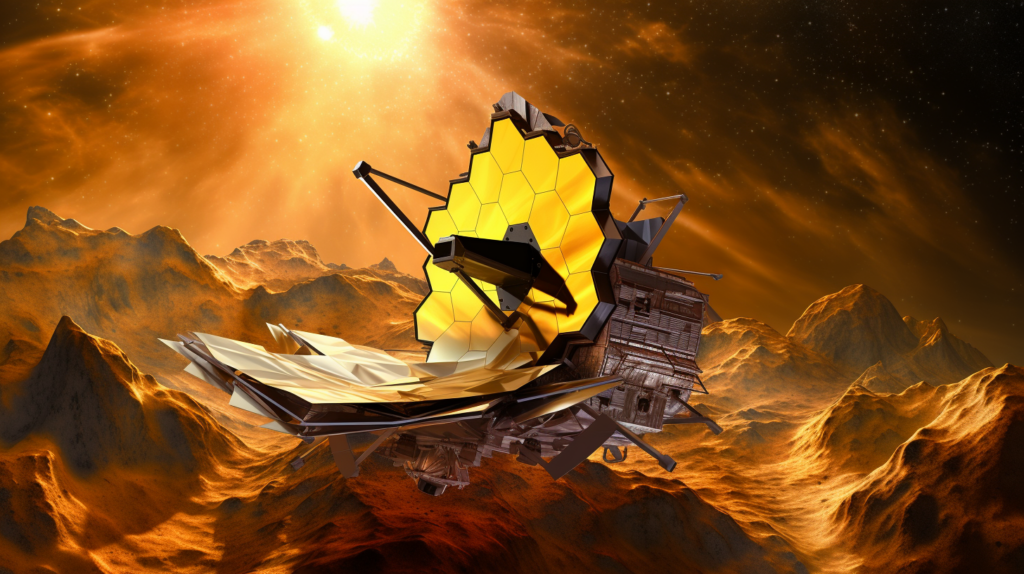
The James Webb Space Telescope represents the new era of space-based infrared astronomy. As JWST carries out its 5-10 year science mission, astronomers anticipate groundbreaking discoveries about the earliest galaxies, formation of stars/planets, and exoplanetary atmospheres.
Its immense size and cooling allow it to detect the faintest signals from the deepest reaches of space and time. Equipped with cutting-edge instruments, JWST will build upon Hubble’s legacy and revolutionize our understanding of the origin and evolution of the universe. Its awe-inspiring early images are just a glimpse of the cosmic revelations to come.



